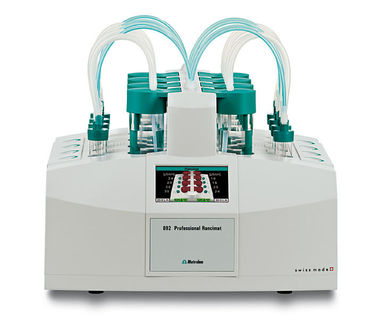To use all functions of this page, please activate cookies in your browser.
my.chemeurope.com
With an accout for my.chemeurope.com you can always see everything at a glance – and you can configure your own website and individual newsletter.
- My watch list
- My saved searches
- My saved topics
- My newsletter
Salicin
Salicin (C13H18O7) is an alcoholic β-glycoside which contains D-glucose. Salicin is an anti-inflammatory which is produced from all willow barks.[1] Product highlightSalicin is closely related chemically to aspirin and has a very similar action in the human body. When consumed, it is metabolized to salicylic acid. The systematic (IUPAC) name of the molecule is 2-(Hydroxymethyl)phenyl β-D-glucopyranoside. It has the following classifications and chemical properties:
Salicin elicits bitterness like quinine, when consumed.[2] References
|
||||||||||||||||||||||||||||||||||||||||
| This article is licensed under the GNU Free Documentation License. It uses material from the Wikipedia article "Salicin". A list of authors is available in Wikipedia. | ||||||||||||||||||||||||||||||||||||||||







